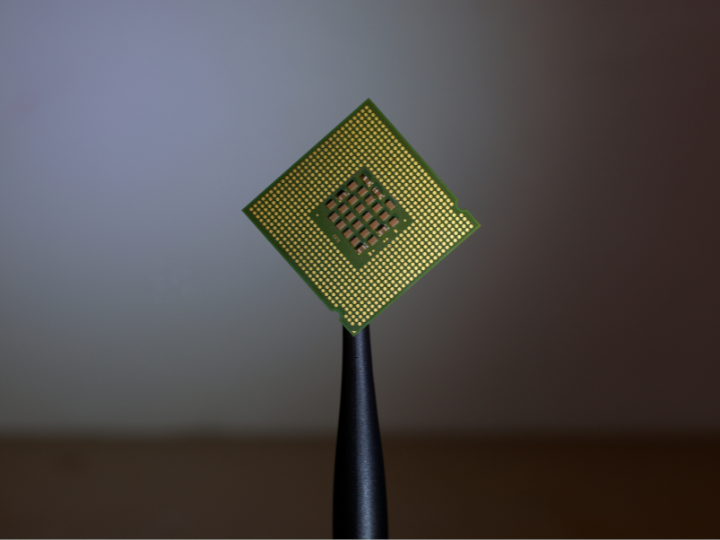It has the lowest debt in the EU: just 6.6% of GDP. It boasts the biggest drop in unemployment, from 18.8 to 13.8%. A clear signal was when the rating agency Fitch raised Estonia’s standing recently to A+, while the neighbours both hanging on triple B. What is causing Estonia’s rise?
Don’t tell Estonians that they live in a small European country. Estonia is larger than Denmark, The Netherlands or Switzerland and has more than twice the size of Slovenia. Conversely, with its population of 1.34 million, Estonia ranks among the smallest countries in Europe. The Estonian economy has relied, as far back as memory goes, on the country’s favourable location at the Baltic Sea. The capital Tallinn played a long time a major role in the Hanseatic League, rich and famous by trade and export!
Estonia has known more economical crises in the past. Many Estonians remember when the Russians stopped the economical and energy relation in 1997-8. ‘It has brought us experience how to survive and how to build a new position’, according to Peeter Luikmel, economist of the Bank of Estonia. Export is the magic word. After that the youngest global crisis hit also Estonia, export and production slowed down. But the last year showed a growth of export with 53%. And also the industrial production has grown remarkably with 26% in the same period. The booming production of mobile phones by Ericsson, the country’s largest exporter, is of course a significant factor. ‘But it is not only the export growth, the recovery is broader based. The recession made consumers turn to local products’.
During the crisis in 2008, the Estonian government choose for internal devaluation by a fiscal adjustment of 9% of GDP and cuts in nominal wages. But inflation became such a serious problem, that the European Central Bank gave a negative advice for Estonia’s entry in the Eurozone. Luckily for Estonia, the politicians ignored the EBC advice and the country could enter the Euro family January 1 of this year. The inflation is slowing now, but the Bank of Estonia is still worrying about overheating of the country’s economy. A previous boom brought also double digit growth and reckless lending, followed by a construction bust and a 14% fall in GDP. The hope is that the banks have learned from this past.
Estonia has, after the restoration of independence 20 years ago, applied for a model of open economy that is free of undue bureaucracy, now it scores well in business friendliness and clean government rankings. Two major power stations, relying on the extensive deposits of oil shale, make a vital contribution to Estonia’s energy independence. Adoption of innovative IT applications, in the private and public sector, brings fame to the country. Estonians are accustomed to e-banking, web-based tax declarations and voting at elections using a digital ID card. Now these e-solutions have become articles for export.
The Economist wrote ‘the go-ahead Estonians are scenting the next challenge. Should the Euro crumble, they are determined to be on the inside track for a new German-centred ‘super-euro’. Economist’s conclusion for Estonia: ‘Goodbye eastern Europe, welcome to the new north’. Well, let’s wait and see. Estonia is still the poorest member of the Eurozone and its GDP is only 65% of EU average; average monthly gross salary is Euro 797, one third compared with Finland, big brother on the other side of the water. But Estonia is impressive and amazing with an open culture. Don’t underestimate it!
Estonia: goodbye to eastern Europe and welcome to the north?
Since the beginning of this year, Estonia is the youngest member of the Eurozone family. Compared with its Baltic neighbours Latvia and Lithuania but also compared with some other EU member states Estonia is doing quite well. GDP growth rate in the first half of the year was the highest in EU.


Estonia has, after the restoration of independence 20 years ago, applied for a model of open economy that is free of undue bureaucracy, now it scores well in business friendliness and clean government rankings.




